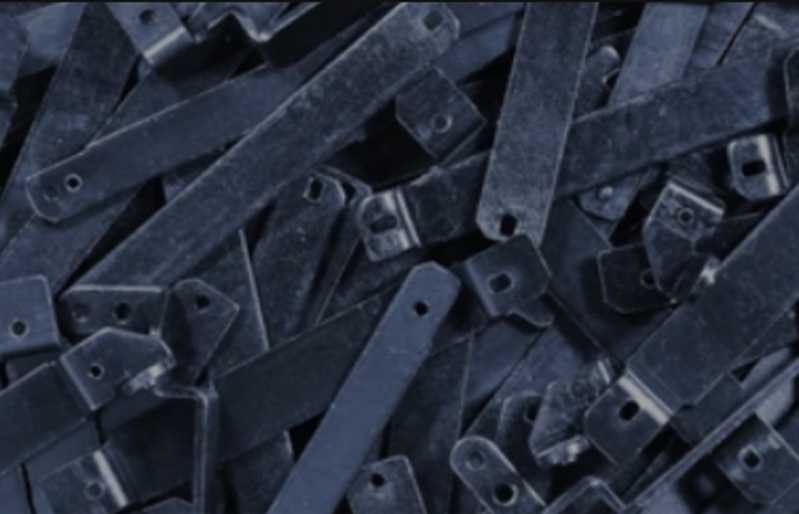Creating a high-quality die casting mold is essential for producing complex and accurate parts for various industries. The process of designing and manufacturing a mold requires attention to detail, precision, and expertise in the field of die casting. In this article, we will discuss the steps involved in creating a high-quality die casting mold.
Step 1: Designing the Mold
The first step in creating a high-quality die casting mold is designing it. The design should be based on the part that needs to be produced, and it should consider factors such as the material used, the desired finish, and the tolerances required. The designer should also consider the casting process itself, including the placement of gates and vents, as well as the flow of molten metal through the mold.
Step 2: Choosing the Material
Choosing the right material for the mold is crucial. The material should be able to withstand the high temperatures and pressures of the casting process, as well as resist wear and tear. Common materials used for die casting molds include tool steel, aluminum, and copper alloys.
Step 3: Machining the Mold
Once the mold design is finalized and the material is chosen, the mold is machined using precision equipment such as CNC machines. The machinist must be skilled in working with the chosen material and must follow the design specifications precisely.
Step 4: Heat Treating the Mold
After the mold is machined, it is heat-treated to improve its hardness and toughness. Heat treatment involves heating the mold to a specific temperature and then cooling it rapidly using a quenching process. The heat treatment process is critical in ensuring that the mold can withstand the stresses of the casting process.

Step 5: Finishing the Mold
Once the mold is heat-treated, it is finished to ensure that it is smooth and free of imperfections. The finishing process may involve polishing, sandblasting, or other techniques to achieve the desired surface finish.
Step 6: Testing the Mold
Before the mold is used for production, it must be tested to ensure that it meets the desired specifications. The mold is tested using a sample casting, and any necessary adjustments are made to ensure that the final parts are accurate and of high quality.
In conclusion, creating a high-quality die casting mold requires expertise, precision, and attention to detail. By following these steps, die casting manufacturers can produce complex and accurate parts for various industries.
-

- Велосипед Freehub 12/14/16 дюймов Детский велосипед Low Rider Bikes Детский велосипед из магниевого алюминиевого сплава 3-8 лет В наличии
-

- Ultralight suspension fork for MTB
-

- Thixomolding parts & components cell phone middle board processed
-

- Magnesium alloy die-casting Auto parts Front bumper Anti-collision beam
-

- OEM Die casting manufacturer produce magnesium alloy wheel for kids push bike
-

- Integrated 3-spoke wheel for MTB with CNC machining &surface treatment

 0086-750-5616188
0086-750-5616188 +86 13392089688
+86 13392089688 sales@zhongmei-tech.com
sales@zhongmei-tech.com







